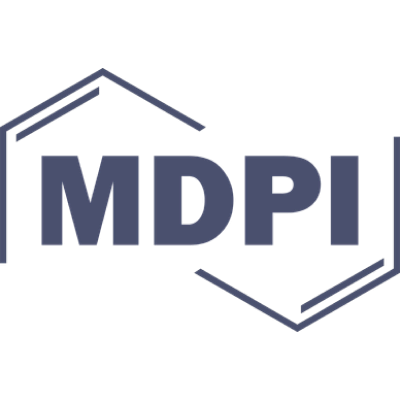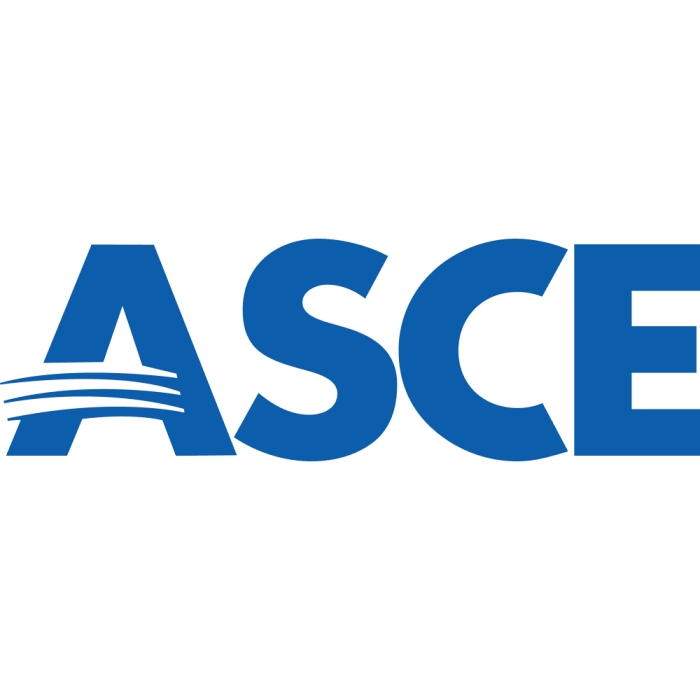
A Multivariate Analysis of the Variables Impacting the Level of BIM Expertise of Professionals in the Architecture, Engineering and Construction (AEC) Industries of the Developing World Using Nonparametric Tests
Building information modeling (BIM) mandates are becoming more widespread because BIM allows design and construction teams to operate more productively and also enables them to collect the data they generate during the process for use in operations and maintenance tasks. As a result, professionals in the architecture, engineering and construction (AEC) industries are expected to possess excellent BIM expertise. Despite the fact that the developing world has largely not adopted BIM, many studies have been conducted on BIM usage, awareness, drivers and barriers with a focus on the developing world. Numerous studies have pointed to the professionals’ lack of BIM expertise in the developing world’s AEC sector as a major barrier to BIM deployment. Nevertheless, no research has been conducted to assess the variables impacting the level of BIM expertise among professionals. After a detailed review of the literature, the study developed five study hypotheses and created a conceptual model to help assess the variables impacting the level of BIM expertise of professionals in the AEC industry in the developing world. After that, a questionnaire survey was carried out to collect data from 103 seasoned professionals in the Ghanaian construction industry. Nonparametric tests, such as the Kruskal–Wallis, pairwise post hoc Dunn, Mann–Whitney, Pearson’s correlation and the partial least squares structural equation modeling (PLS SEM) tests, were adopted to assess the relationships between the level of BIM expertise of professionals (BE) and the following variables: (1) profession (P), (2) the frequency of BIM use by professionals (BF), (3) the highest dimension of BIM adopted by AEC firms and companies (BD), (4) professionals’ perception of BIM (PB) and (5) the BIM implementation barriers (BIMIBs). P, BF, BD and PB were found to have a substantial impact on the level of BIM expertise acquired by professionals. With regards to professionals’ perception of the BIM software and process, only one (PB3–BIM is not useful to our company at the moment) out of ten of them was found to have a significant impact on BE, highlighting the impact of employers on the level of BIM expertise of professionals. In addition, the study discovered that any resolution made in an attempt to tackle the lack of/insufficient level of BIM expertise among professionals would prove futile without significant effort from the higher education sector (HES) of the developing world and the entire world at large. The study’s conceptual, empirical, managerial and theoretical implications and findings would serve as a roadmap for researchers, professionals and academics in developing nations as they endeavor to seek more ways of increasing BIM expertise among their professionals and to encourage BIM usage throughout the project lifecycle.







